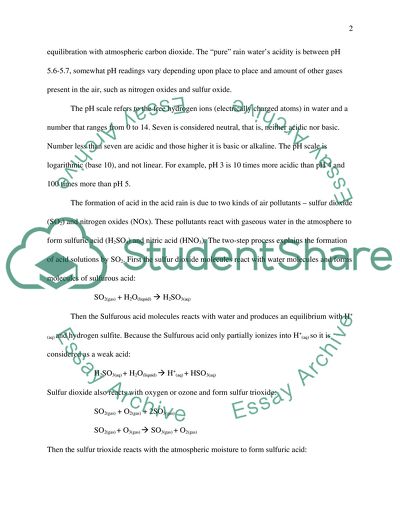Cite this document
(“Acid Rain and Alkalinity of the Lakes in Canada Essay”, n.d.)
Retrieved from https://studentshare.org/miscellaneous/1519775-acid-rain-and-alkalinity-of-the-lakes-in-canada
Retrieved from https://studentshare.org/miscellaneous/1519775-acid-rain-and-alkalinity-of-the-lakes-in-canada
(Acid Rain and Alkalinity of the Lakes in Canada Essay)
https://studentshare.org/miscellaneous/1519775-acid-rain-and-alkalinity-of-the-lakes-in-canada.
https://studentshare.org/miscellaneous/1519775-acid-rain-and-alkalinity-of-the-lakes-in-canada.
“Acid Rain and Alkalinity of the Lakes in Canada Essay”, n.d. https://studentshare.org/miscellaneous/1519775-acid-rain-and-alkalinity-of-the-lakes-in-canada.


